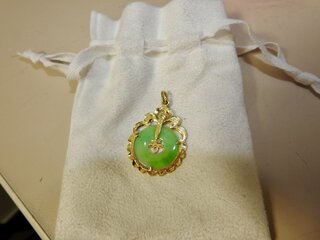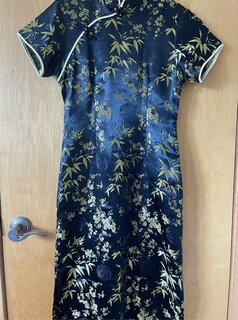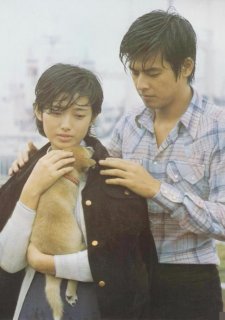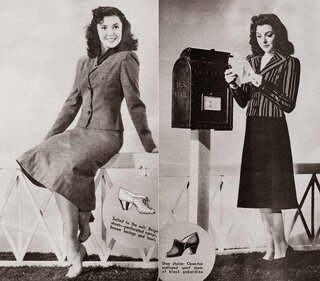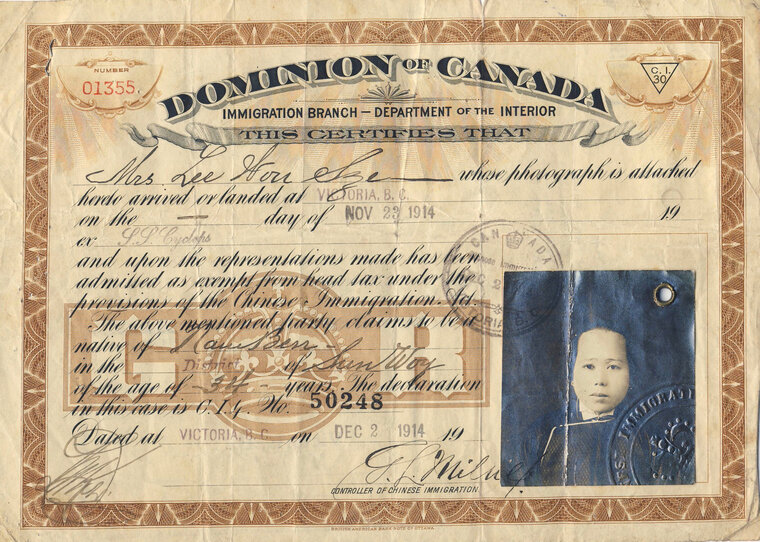
Lee’s immigration to Canada echoed the lived experiences of many first-generation Chinese Canadian women of her time. Like Wong Shee, she came to Canada through marriage at thirty-four years old. Her husband was a prominent pharmacist in China but lived a financially restrained life in Canada by running a small herbalist shop. Chinese immigration regulations in the Exclusion Era impacted Lee’s life and shaped Chinese Canadian women’s experiences for decades. The first Chinese Immigration Act (1985) forced each Chinese Canadian man, woman, and child to pay fifty dollars to land in Canada. This head tax was increased to a hundred dollars in 1900 and to five hundred dollars in 1903. This head tax equalled the purchasing power of buying two houses in Montreal. Due to racism, lack of social support, and financial burdens, first-generation immigrants like Lee mostly lived dependently on their husbands. They did not adopt Western lifestyles as quickly as the second-generation children. Instead, they used Chinese clothes and fashion as self-protection against discrimination and alienation and as ways to maintain tangible connections to their cultural roots.

